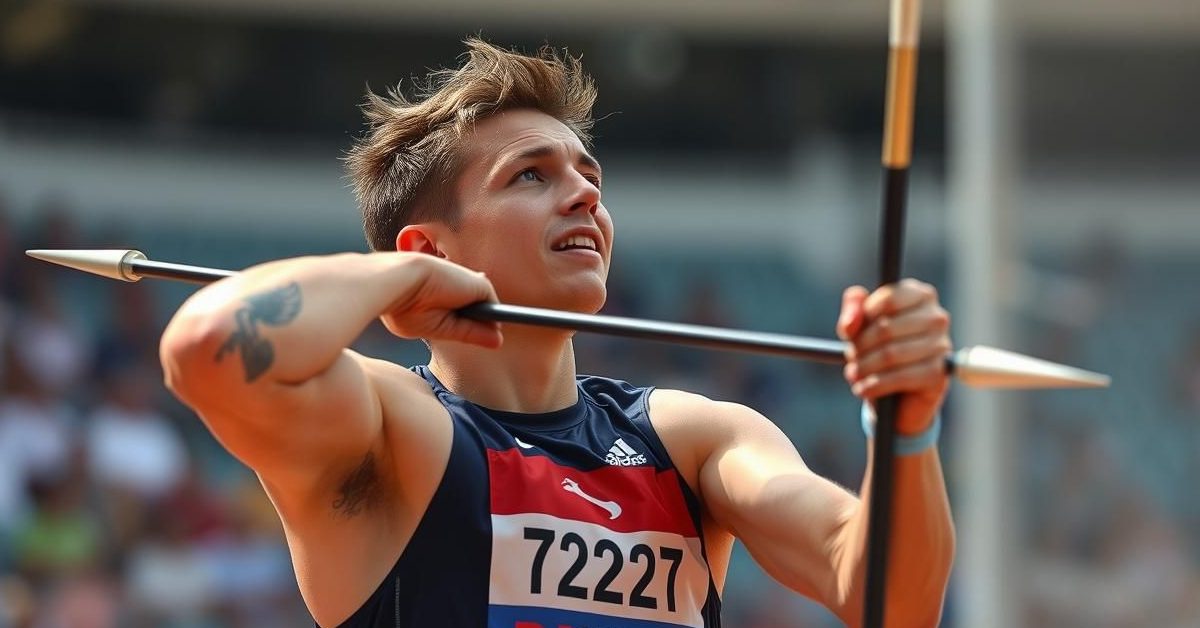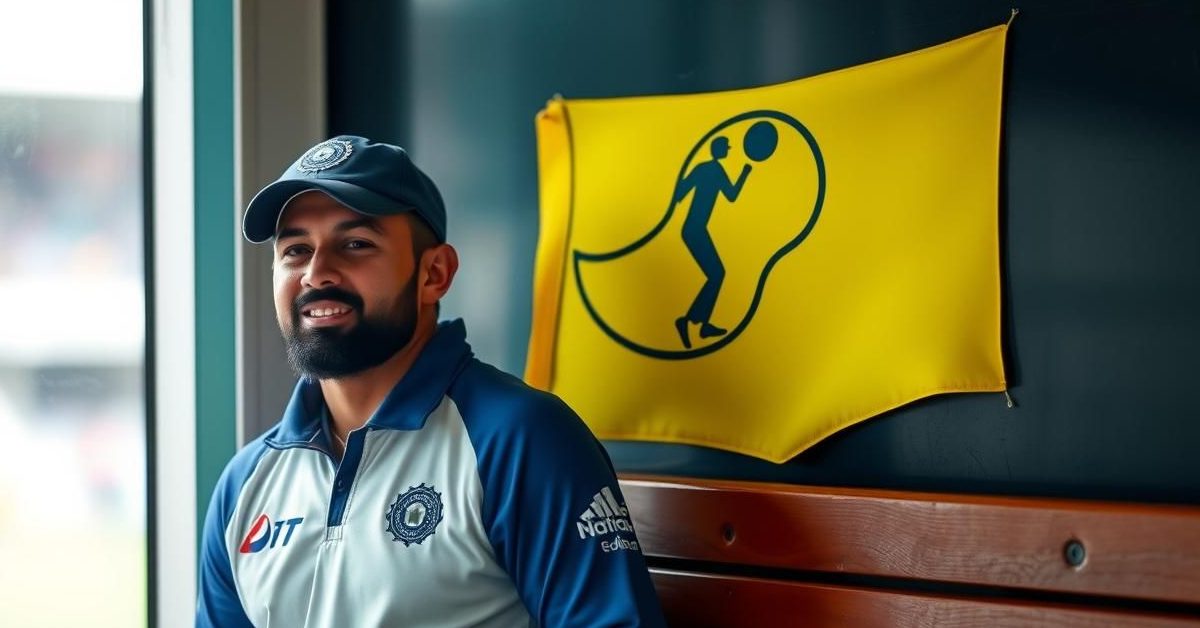While extremely rare, javelin throws have indeed resulted in accidental injuries to officials and even other athletes during competitions.
When Javelins Go Off Course
The javelin throw is a thrilling track and field event, but it carries an inherent risk. Over the years, there have been a few instances where the spear veered off its intended path, leading to unexpected and sometimes serious injuries.
One of the most notable cases involves Finnish javelin thrower Juha Laukkanen. During his career, he accidentally injured two different judges in separate competitions, thankfully both incidents were unintentional.
Laukkanen’s Unfortunate Record
His first incident occurred in 1994 at the Bislet Games in Oslo, Norway. Laukkanen’s javelin struck a judge in the arm. Remarkably, clips from that day show the judge quickly pulling the javelin out and tossing it aside.
Four years later, Laukkanen was involved in another incident. He hit Engelbert Perchthaler, a judge responsible for measuring distances, directly in the stomach.
What it Feels Like to be Hit
Engelbert Perchthaler later recounted the frightening experience of being struck by a javelin. He explained that he was briefly blinded by the sun and didn’t see the javelin until it was almost upon him.
“The spear impaled me at the level of my belly button,” Perchthaler said in an interview. “I didn’t realize what was happening to me, I just heard a dull thud. But I didn’t feel any pain, just a slight tingling.”
His immediate reaction was to pull the javelin out, which he later learned was the wrong thing to do. This action, he noted, actually made the internal bleeding worse.
Other Incidents and Near Misses
Juha Laukkanen is not the only athlete whose javelin has gone astray. In July 2007, during a Golden League meeting in Rome, Finnish thrower Tero Pitkämäki’s javelin went off target.
It ended up hitting French long jumper Salim Sdiri, who was standing nearby. Sdiri was hospitalized and suffered significant internal injuries, including a torn liver and a punctured kidney, though he was released within 24 hours.
Beyond direct hits, there have been several close calls. Olympic gold medalist Thomas Rohler once threw a javelin that crossed the 90-meter mark, landing just a few meters short of a cameraman, highlighting the sport’s inherent risks even for those positioned away from the immediate landing area.
A Brief History of the Javelin and Safety
The javelin throw has roots in ancient military practices of hurling spears and has been an Olympic event since 1908. Initially, the sport used javelins made of olive wood in the Ancient Olympics.
The sport saw a significant change in 1986, primarily for safety reasons. German thrower Uwe Hohn, who also coached Neeraj Chopra, made history in 1984 by becoming the only man to throw the javelin past the 100-meter mark, reaching an astounding 104.8 meters.
This immense distance, along with a high number of “flat landings” where the javelin didn’t stick into the ground, prompted a redesign. The javelin’s center of gravity was moved forward by four centimeters. Even with these modifications, javelins can still reach speeds of up to 96 kilometers per hour (60 mph).
- Javelin throws have accidentally injured judges and other athletes.
- Juha Laukkanen and Tero Pitkämäki are notable examples of throwers involved in such incidents.
- Being hit by a javelin can cause internal injuries, and it’s advised not to remove it yourself.
- The javelin was redesigned in 1986 to improve safety and reduce flat landings after a throw exceeded 100 meters.
These incidents underscore the importance of strict safety protocols and awareness for everyone involved in javelin competitions.













